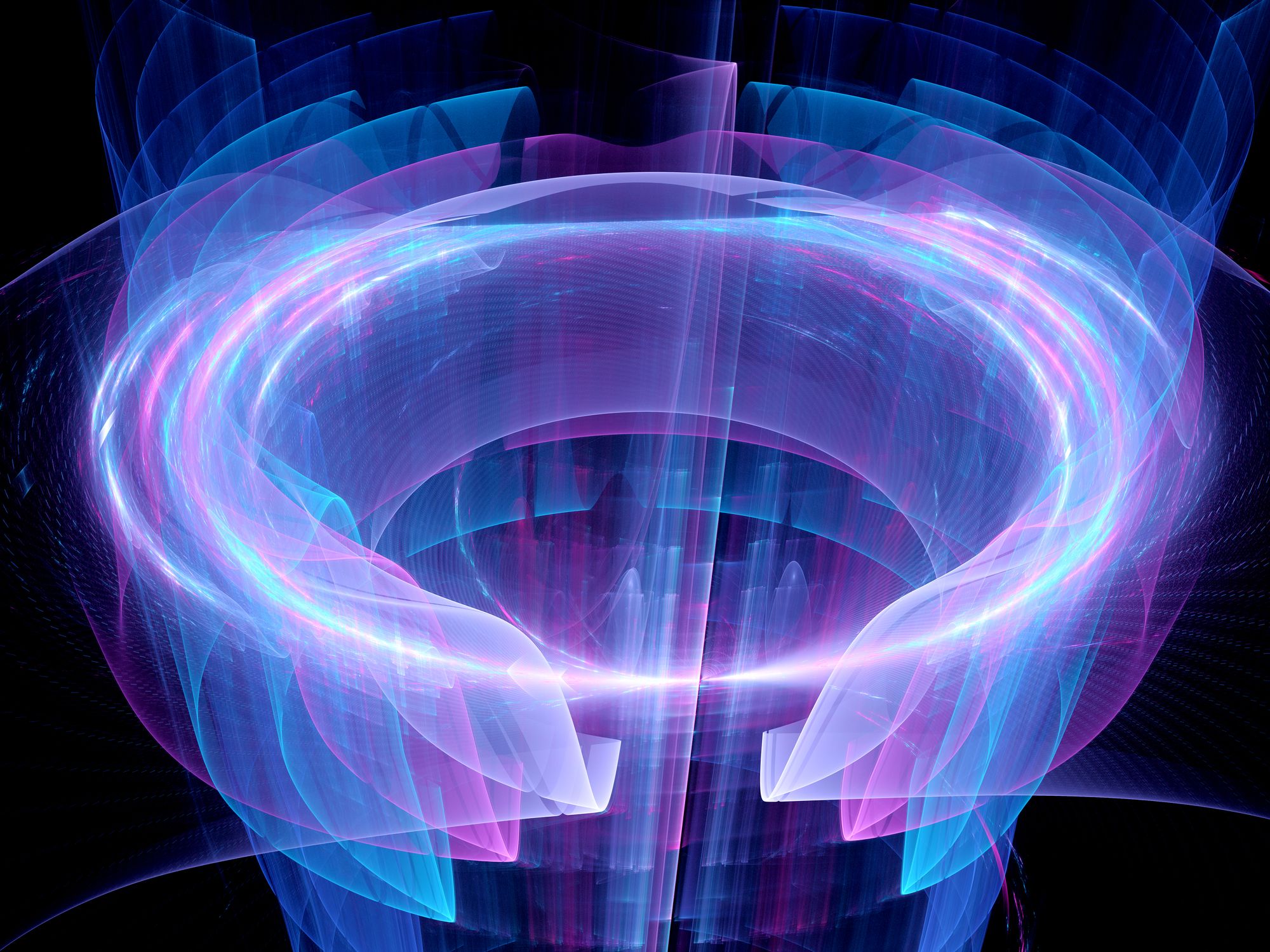Quantum error correction is an essential mechanism that safeguards the accuracy of quantum information processing and prevents data corruption. It works by repeating a cycle of three vital steps, including detection of errors, correcting those mistakes, and providing feedback for future iterations. By iterating this cycle efficiently, it can significantly reduce the number of errors in a given system - allowing us to achieve more reliable computing performance with greater reliability. In this blog post we'll explore these components in detail so you can leverage them to optimize your own quantum systems.
Quantum computing has the potential to revolutionize computation like never before. This emerging technology involves quantum algorithms and quantum hardware specifically designed to take advantage of quantum effects such as superposition and entanglement. According to experts, quantum computing could result in dramatic breakthroughs in areas such as chemistry, physics, materials development, optimization of complex systems and artificial intelligence. In some cases quantum computations are hundreds of times faster than those performed by classical computers. Scientists have even theorized that quantum computation could eventually achieve an exponential speed-up when computing certain types of problems. With its unprecedented performance, quantum computing presents promising opportunities for solving scientific and industrial challenges that are currently intractable on traditional computers.
Quantum error correction is an essential component of quantum computing that ensures reliability in quantum computer operations. It helps to reduce the number of quantum errors due to physical imperfections such as couplings with the environment and other external sources, which present unwanted noise. Without quantum error correction, quantum computers would be ineffective and unreliable in their performance. By correcting quantum errors, quantum computers are able to maintain accuracy and precision in their operations; thus, making them more powerful than their conventional counterparts. Therefore, quantum error correction is necessary for reliable operation of quantum computers.
Quantum error correction is a quantum computing strategy that operates on principles such as redundancy and fault tolerance. Redundancy involves replicating quantum information multiple times with the goal of detecting errors, while fault tolerance allocates quantum resources to correct the identified quantum errors. This quantum engineering approach works by encoding quantum information redundantly in order to create quantum code or logical qubits, which help detect and protect against errors arising from noise interference or faulty quantum operations. By employing schemes of redundancy and fault tolerance, quantum error correction provides a degree of robustness against errors during quantum operations, thus allowing for accurate computations on quantum computers.

Encoding, measurement and feedback cycles are key principles in a wide variety of fields and everyday applications. For example, effective encoding is a key component to efficient communication. By taking complex ideas and shrinking them down into smaller pieces of information, messages can be communicated quickly and effectively between individuals or groups. Measuring application performance is crucial to understanding how data can be optimized, particularly when it comes to digital applications – this principle is seen everywhere from website design improvements to social media analytics. Finally, feedback cycles are essential for maintaining relationships between entities engaged in the data transfer, as the cycle helps ensure accuracy and reliability with each exchange. All these principles combined make for a robust foundation that allows for efficient application development with successful performance outcomes.
Here are three ways to utilize the quantum error correction cycle in a practical manner:
- Encoding digital images for more efficient transmission over the internet;
2. Measuring application performance to optimize user experience;
3. Employing feedback cycles in customer service relationships to ensure accuracy and reliability of communications.
Using quantum error correction is essential for maintaining the reliability of a quantum computer or device utilizing qubits for data storage. By seeking out and correcting for errors, quantum error correction helps mitigate the effects of noise or interference that naturally occur in such systems and can cause a single qubit's operation to go awry if left unchecked. With this type of protection, promising new technologies relying on qubits can be developed without fear that they will fail due to errors in the computing process. Working toward reliable operation with quantum error correction is therefore critical for paving the way towards a feasible quantum future.
Quantum computing has the potential to revolutionize many areas of science and technology. In order for quantum computers to be reliable, quantum error correction is necessary. Redundancy and fault tolerance are important principles behind quantum error correction. These principles are used in practical applications through encoding, measurement, and feedback cycles. Quantum error correction is essential for ensuring reliable operation of a quantum computer or any other type of device using qubits (quantum bits) for storing data.





